Early History
For years prior to European settlement, Sea Point formed part of the Gorachoqua and Goringhaiqua grazing paths, which stretched out to Hout Bay and Table Bay.
Sea Point was later so named in 1776 when Sam Wallis, one of the commanders serving under Captain Cook, encamped his men there in order to avoid a smallpox epidemic, which was sweeping through Cape Town at the time.
A short period prior to this, a small society house owned by a local men’s club was established on the Sea Point slopes of Signal Hill, and provided a place of entertainment for European men, many of whom were free burghers or officials from the Dutch East India Company, and some of whom were slave-owners. The area began to develop as a residential suburb for European settlers in the early 1800s, and in 1839 was joined into one municipality with neighbouring Green Point. By 1813, 28 plots were sold for development on the lower slopes of Signal Hill.
The Sea Point tramline was opened in 1862, with the line initially linking to Camps Bay as well.
The 1875 census indicated that Sea Point and Green Point jointly had a population of 1,425. By 1904 it stood at 8,839. The railway line from Cape Town reached Sea Point on 1 December 1905.
Diversity in Sea Point
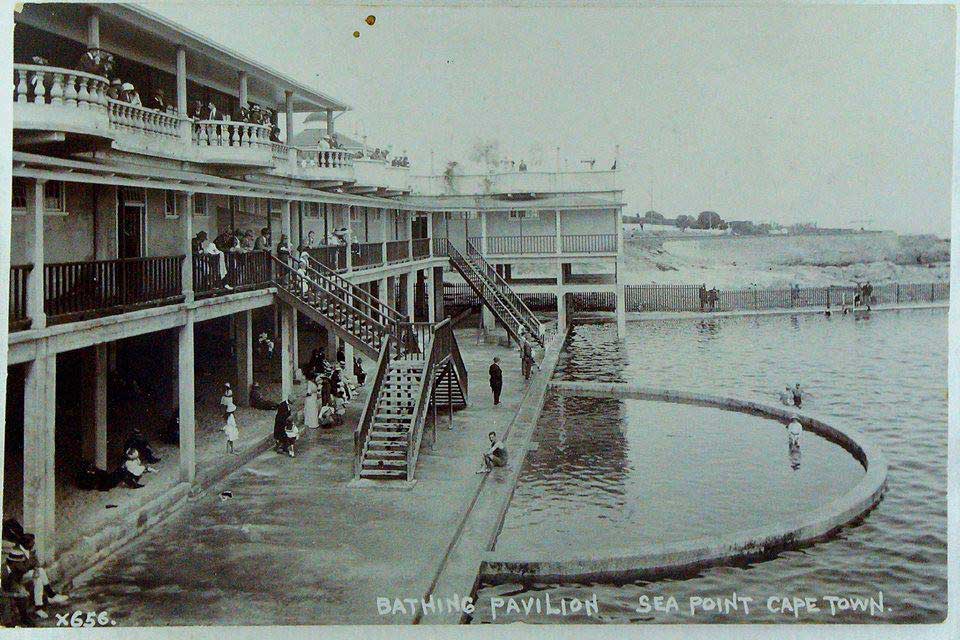
Saul Solomon, founder of the Cape Argus and MP for Cape Town, resided in Sea Point until the early 1880s and had much influence on the area’s development. St John’s Church – one of Solomon’s projects – uniquely hosted four different religions, and was located at the intersection of Regent Road, Kloof Rd and Main Road, Sea Point. The unusual, round-shaped building was destroyed by the city council in the 1930's. Solomon was well-known for his liberal politics that were counter to the racially oppressive politics of the time.
In 1877 the Cape Town and Green Point Tramway Company constructed housing for their employees in Sea Point, and so the residential area which was located in the mid-area of Tramway Road was created. The employees were made up of Coloured tram drivers, stablemen and grooms, as well as white tram guards. When the company shut its doors in 1895, the Tramway Road area began to be populated by residents who had not been employees of the Tramway Company, and so new inhabitants from a diversity of backgrounds moved in to both Tramway Rd and Llford Street. Twenty-five cottages, a block of flats, and fourteen houses existed by 1903, all of which were later demolished. A park now stands where these homes once were.
Forced removals in Sea Point under the Group Areas Act – Tramway Road & Ilford Street
Though the population of Sea Point was predominantly made of white, middle-class residents, there were pockets of the Suburb which were diverse and where a large number of largely Coloured, working-class families lived. The neighbourhoods of Tramway Road and Ilford Street were where these families were concentrated, a small part of greater Sea Point where generations of non-white residents lived since the late nineteenth century. Because of high rent prices and a shortage of available housing, there were often more than one family living in each house. Many former residents from the area recall the sense of community and ‘togetherness’ which came from living together and sharing resources with one another.
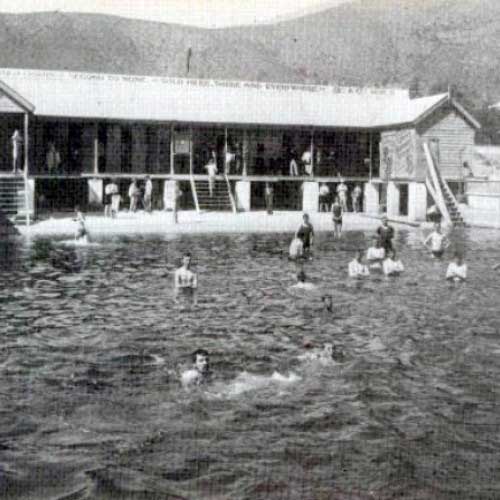
Prior to forcible removals, there existed notable racial segregation in Sea Point, including the Tramway & Ilford Rd areas. White residents left the mid-area of Tramway Rd where they were surrounded by Coloured neighbours in the 1930's and 1940's. Middle-class white residents inhabited the upper section of the road only. Churches remained segregated along colour lines, with white residents occupying the front of the church and all other residents the back.
The location near the ocean and mountain offered Sea Point residents opportunities for outdoor activities such as hiking, fishing, swimming, and other recreations, such as a romantic stroll down on the Promenade.

A sunset, romantic stroll along the beachfront promenade. Image Source
Other recreational activities included sport, of which the Sea Point Swifts was a notable sporting team. A soccer team made up of boys recruited from Ilford & Tramway Roads, they were joined by boys from Cape Town and their matches were supported by Tramway & Ilford Rd residents at the Green Point Common.
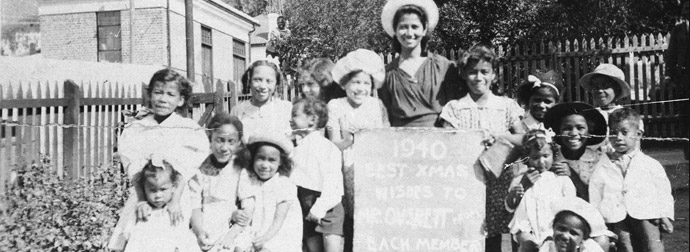
In 1903, under the Native Reserve Locations Act of 1902, all Black men who resided in the council flats were removed to the Docks Location, and in 1957 the order came for all other non-white people to be removed from the Sea Point area. Between then and 1961, they were forcibly evicted from their homes to the Cape Flats. The Tramway Road Association was set up in 1957 for those under threat of evictions from Tramway & Ilford Roads, and they were represented by Mr Wilko Wannenberg, a lawyer, in an appeal against the evictions. Though they were granted extensions to the time which they could remain in the area, they were eventually all forced out within a few years. One resident committed suicide shortly after his final eviction notice, and this is affected the community in a large and extremely negative manner.
Sea Point Life and Culture
Sea Point has a large and active Jewish population. The Green and Sea Point Hebrew Congregation is the largest in Africa, and was established in 1926. The aforementioned Saul Solomon, who helped shape Sea Point’s development in his time, was a well-known member of the Jewish community. Today, Sea Point has at least three places of worship for Jewish community members.
Sea Point is also an Historically popular neighbourhood for gay men, who began settling in the suburb during a time when they were legally prohibited from being able to live openly as gay people. Oppressive legislation such as the sodomy law (banning sex between two men) led to many men being forced to seek safe spaces to meet with other men. Sea Point, particularly Graaf’s pool, became a popular meeting spot for gay men from the 1960's until gay rights were drawn into the constitution in the 1990's and men no longer had to seek out safe places to meet.
Recreation
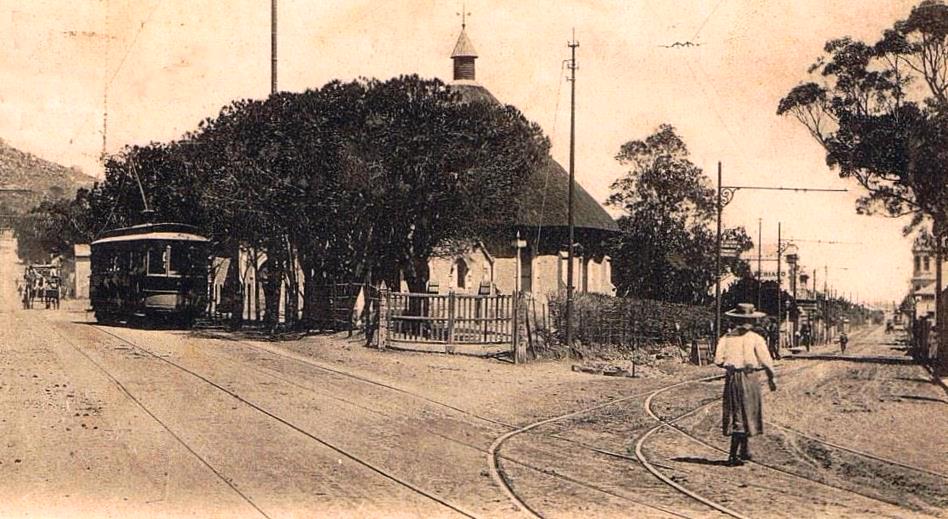
Because of its seaside position, Sea Point was a well-known location of recreational activity in Cape Town. Swimming baths – with separate bathing hours for women and men – were opened in the area in 1895, located at the foot of Church Road. These baths were destroyed by a storm in 1911. As was common at the time in South Africa, the baths were available to white people only. They made use of a centrifugal gas-powered pump to fill the pools with water during low-tide, and season tickets could be purchased or, alternatively, a fee of sixpence paid for entry upon arrival. The storm which destroyed the swimming baths also flooded beach road and tore away the ballast from the railway line.
The baths were never rebuilt, but construction began on the Sea Point Pavilion in 1913, located at base of Clarens Road. It was completed in 1914, and offered an outdoor cinema, tea-room and stage. In 1953 the Separate Amenities Act declared Sea Point Pavilion and beach a whites-only public amenity. Many residents recall the old pavilion with fondness, and it was a popular location for white families to spend warm days and holidays. Today’s pavilion is not the same as that which was built in 1914, and it was renovated to accommodate more people. After the apartheid laws were lifted, public spaces such as swimming baths were made accessible to people of all ethnicities.
Oral testimony from a Coloured person talking about their childhood experience of the Sea Point pool & beach, paints a picture of the experiences of segregation in apartheid South Africa:
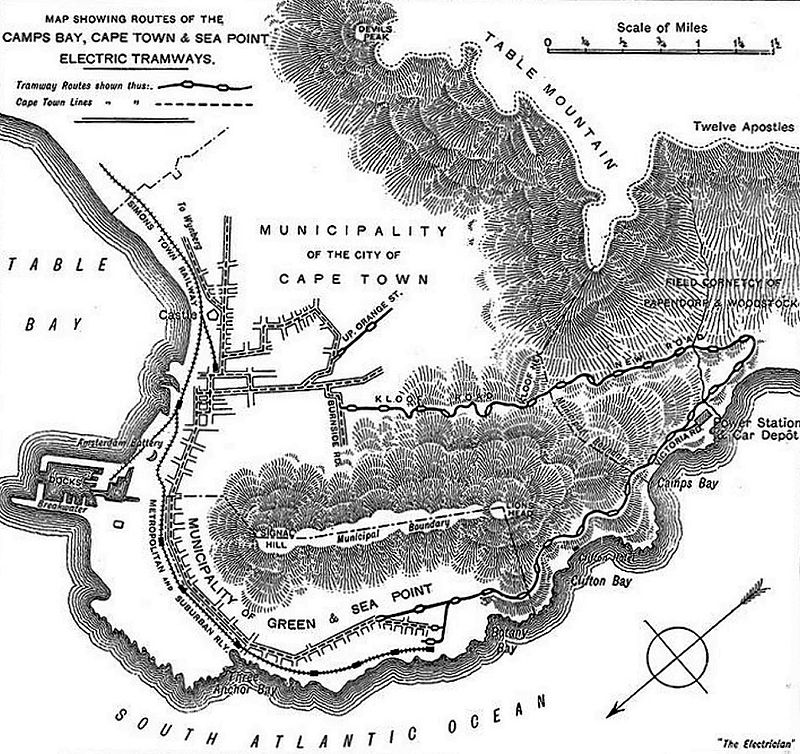
“Neither of us coloured children could swim, so we’d pay our entrance fee [to the whites-only swimming pool], walk around, proudly defiant and leave soon thereafter. On other occasions we would go to the ‘whites only’ beaches in Sea Point and laugh at the police whom we believed couldn’t tell the difference between the Jewish beachgoers and ourselves. Again none of us went to the beach to swim, nor did we stay very long but would end our ‘acts of defiance’ by destroying the mail in the mailboxes of the white people living in the flats along Sea Point beach road.”
Narrative 42, in Race, Memory & the Apartheid Archive, 2013.
Music and Art
Places like Weizmann Hall hosted jazz musicians in the 1950's and 1960's who played in the Cape Jazz styles and of whom many became prominent in the jazz music scene.
The Sea Point Promenade frequently hosts public art exhibits by local artists. In 2014 the public criticised the installation of sculpture sponsored by Ray Ban – an international corporation – which used an image of Nelson Mandela in the piece’s description. A group of protestors, who operate under the group name Tokolos-stencils and who use stencil graffiti techniques to spray-paint images on public structures, vandalised the sculpture, further fuelling controversy around the piece.
Sea Point was the location in which the main protagonist, Michael K, grew up in J.M. Coetzee’s book, "The Life and Times of Michael K."